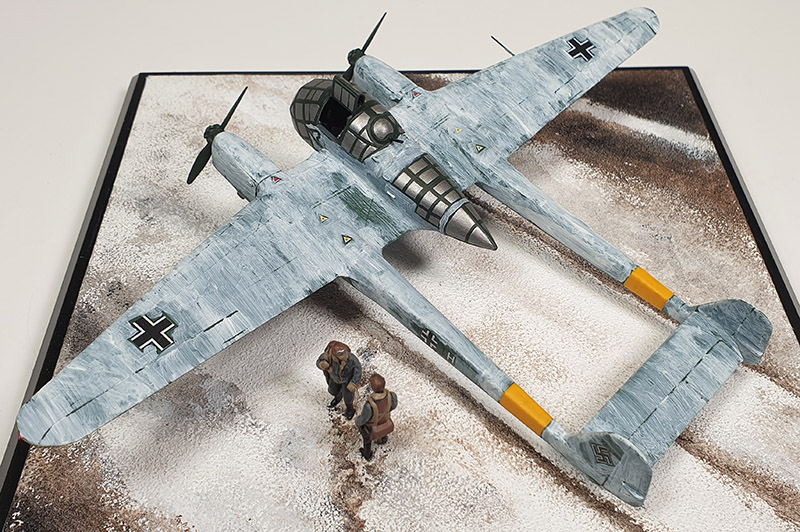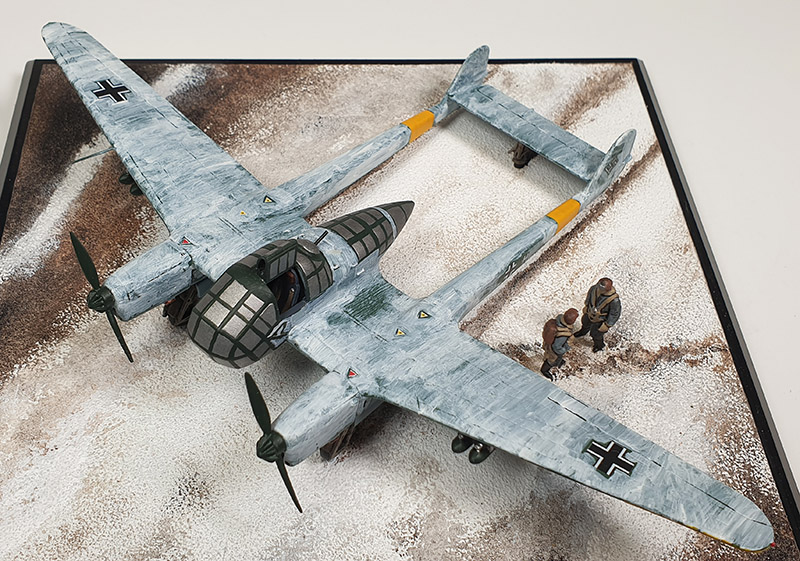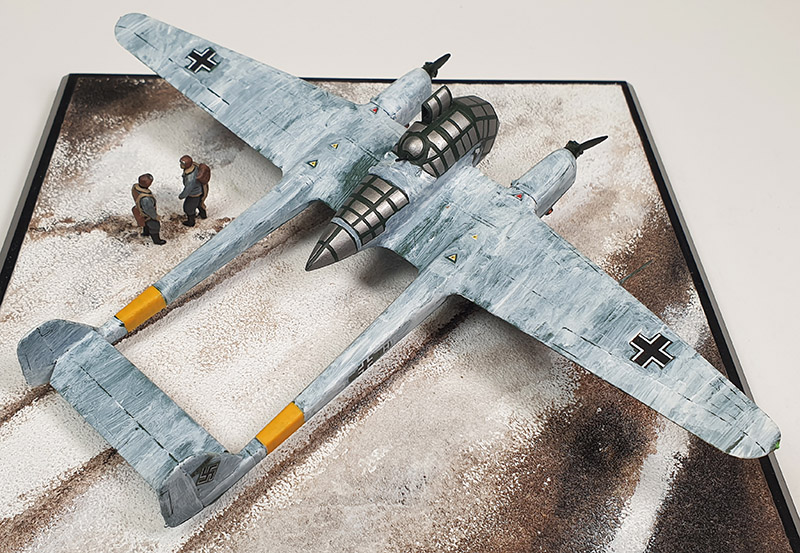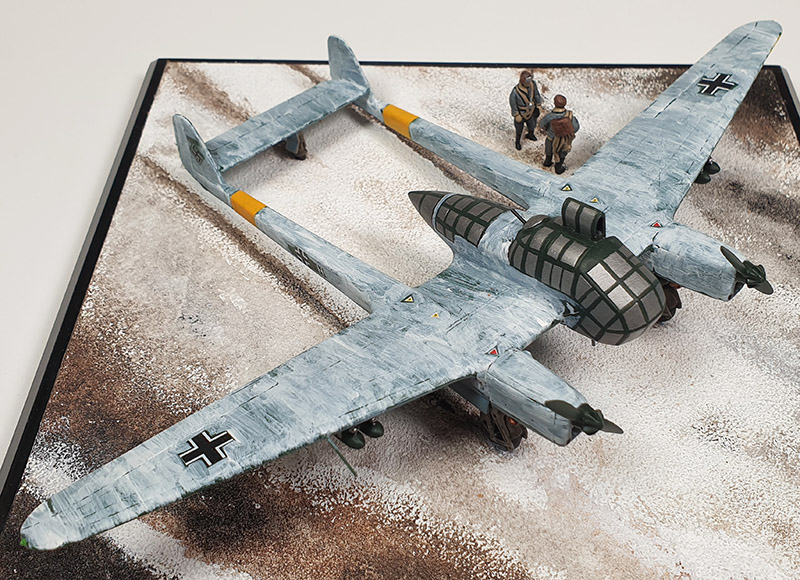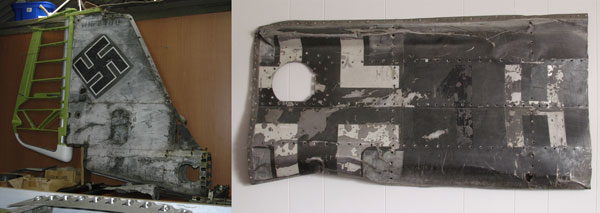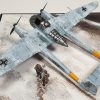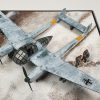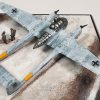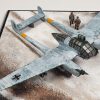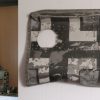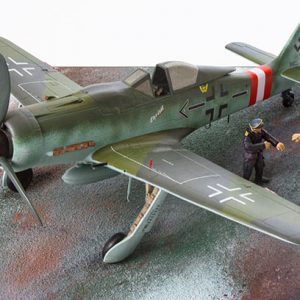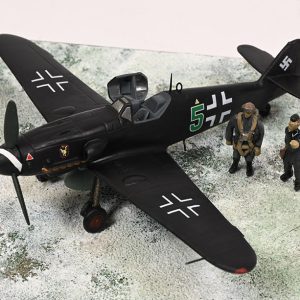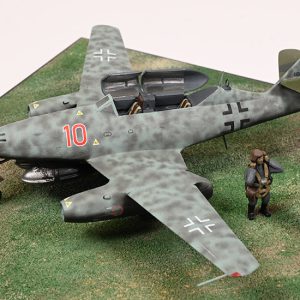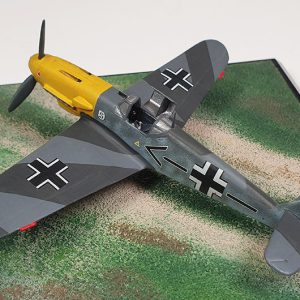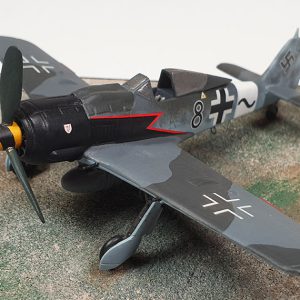Focke Wulf Fw 189A-1 V7+1H Wrk Nr 2100 Aufk.Gr.32 Ponsalenjoki,
Unteroffizier Lothar Mothes (Iron Cross 1st and 2nd class), Finland, May 1943.
In 1937 the Reichsluftministerium issued a specification for a reconnaissance aircraft, directed at Arado and expected to be single-engined; Focke-Wulf however thought that they could fill the requirement better, and proposed a twin-boom, twin-engined design with a central extensively-glazed crew nacelle for excellent all-round visibility. Blohm & Voss devised an aircraft even more radical, the asymmetric Bv 141, The Fw 189 was twin engined and designed by Dr. Kurt Tank (who also piloted its first flight). The Focke Wulf design was accepted and the Fw189 enterred production. 846 were produced in several plants, including Bremen, Bordeaux-Merignac and Prague. Both its role and its multi-faceted glazing earned the Fw 189 the nickname “Flying Eye”, and its principal use was on the Eastern front. Although slow compared with opposing fighters its greatest defensive asset was its manoeuvrability, and its ruggedness enabling the Fw 189 to survive considerable damage.
Lothar Mothes was the pilot of Focke Wulf Fw 189A-1 V7+1H on 4 May, 1943 tasked with photographing the Russian airfield at Loukhi, when it was shot down by Russian Hurricane fighters behind their lines, crashing in to nearby woodland. Mothes was knocked unconscious, and recovering found that his gunner Gunther Albrecht was dead and his observer Kurt Lebrecht dying. He had decided long before that he would not be captured by the Russians, and started his long trek back to his home airfield; this was to take two weeks of walking, stumbling, wading and crawling, and have to eat grubs and tree bark, but he did evade capture. He had to spend nine months in hospital convalescing, from head wounds and severely frozen feet, and he had lost twenty kilos in weight.
He returned to flying, with more than 100 missions in the Fw 189, and survived the war.
The remains of Focke Wulf Fw 189A-1 V7+1H were recovered by restorer Jim Pearce in 1991, and Mothes was reunited with it at Biggin Hill in 1996. The airframe has since changed hands, but the restoration continues.


